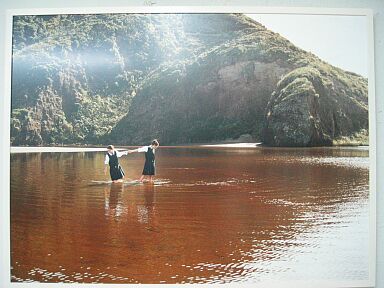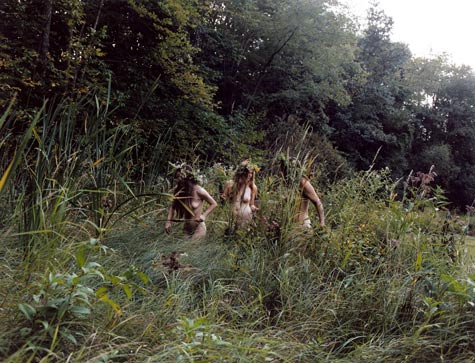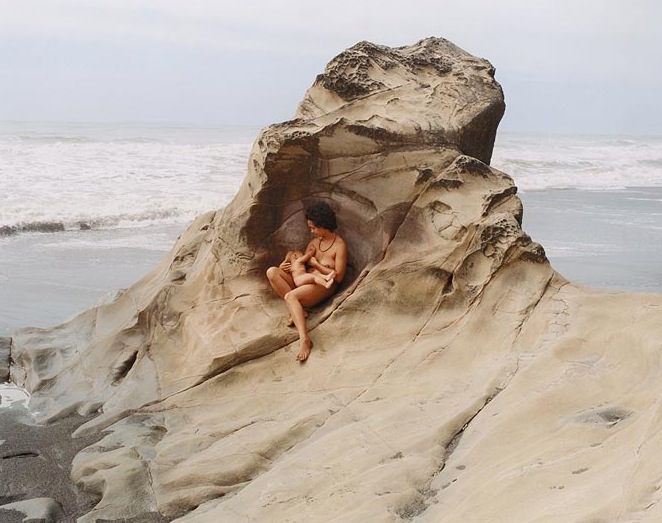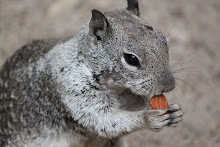During her late twenties, she embarked on a project in which she staged photo shoots of runaway girls, paralleling her own struggles with watching her girlhood fade away. As is true with all designers and artists, we work within our constraints, and for Kurland, her sphere really broadened once she got her drivers license. Once she got a car, however, more constraints presented themselves because it became harder to pick up girls and ask them to get in her car.


The next series of photos expand to a more political sphere as she traveled to secular communities across the country, including ones in Oregon, Florida, North Carolina, Tennessee, California, and she expanded on her ideas of portraying a fantasy of communal living. These photos speak to her desire to reach out to other wanderers in different parts of the country. Then, she drew on her inspiration from renaissance fairs she had attended in her childhood, and staged a series of photos that represented war soldiers as knights, using color to enhance the sense of fantasy. During her lecture, Kurland explains that she reserves black and white for documentary photographs.
Once she had a baby in 2004, she traveled west with him and used photography as a way to cope with the hardships of motherhood. She sought out fellow mamas who were willing to be photographed naked with their baby. As her son Casper grew older, he developed a strong passion for trains, inspiring Kurland's next series of train photos, which fits perfectly with her interest in the American west and its cultural identity. The railroad shaped America, (trains standardized clocks), and her pictures seek to capture the way trains are like a scar across the landscape, which is different from typical train photography because she doesn't frame the photos to show the front.

Astride Mama Burro, Now Dead, 2007
Of Woman Born

Casper on the Back Porch, 2008


No comments:
Post a Comment